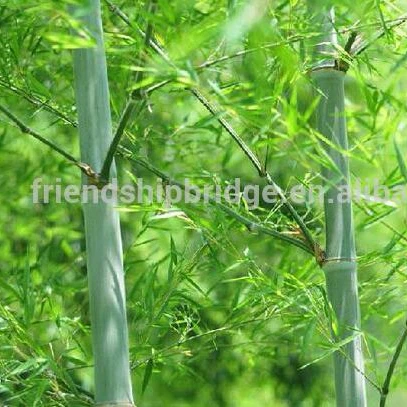


The species is native to southern China and was introduced to neighboring regions for practical utilization for food and materials ( Benton, 2015). Moso bamboo ( Phyllostachys pubescens) is a monopodial species that dominates a major forest type in East Asia. Bamboo species are distributed widely, growing naturally in tropical and subtropical regions on all continents except Europe and Antarctica, and from sea level to 4,300 m elevation ( Clark et al., 2015). The results suggested that the contribution of photosynthesis in old leaves and in new leaves of zero-year-old culms may be overlooked at the population scale, and that belowground carbon storage in Moso bamboo rhizome systems might act as buffer to stabilize the year-to-year variations in new shoot production.īamboo is the common term for a group of woody grasses belonging to the family Poaceae. The simulation demonstrated that the 2-year cycle may readily disappear because of the contribution of considerable carbohydrates originating from photosynthesis in old leaves and in new leaves of zero-year-old culms, and from belowground carbon storage in roots and rhizomes. If the 2-year leaf life span causes the biennial production cycle, why are the 2-year cycles of new shoot production not observed in some periods? By constructing an age-structured population growth model that considered the Moso bamboo leaf life span, this study aimed to clarify the possible mechanisms that could suppress the 2-year cycle of new shoot production. However, 2-year cycles are not observed in all circumstances. A widely accepted explanatory hypothesis is that the 2-year leaf life span and unequal proportions of newer and older leaves in bamboo stands are the cause of the 2-year shoot production cycle. Long-term records of managed Moso bamboo forests have provided evidence for 2-year cycles of new shoot production. Hence, understanding the factors that influence productivity is important. Moso bamboo ( Phyllostachys pubescens) forests are utilized for food, building materials, and carbon fixation in East Asia. 4Shiiba Research Forest, Kyushu University, Miyazaki, Japan.3Center for Biodiversity Science, Ryukoku University, Otsu, Japan.2Faculty of Advanced Science and Technology, Ryukoku University, Otsu, Japan.

1School of Forestry and Resource Conservation, National Taiwan University, Taipei City, Taiwan.Chuan-Ya Lin 1, Takeshi Miki 2,3 and Tomonori Kume 4*


 0 kommentar(er)
0 kommentar(er)
